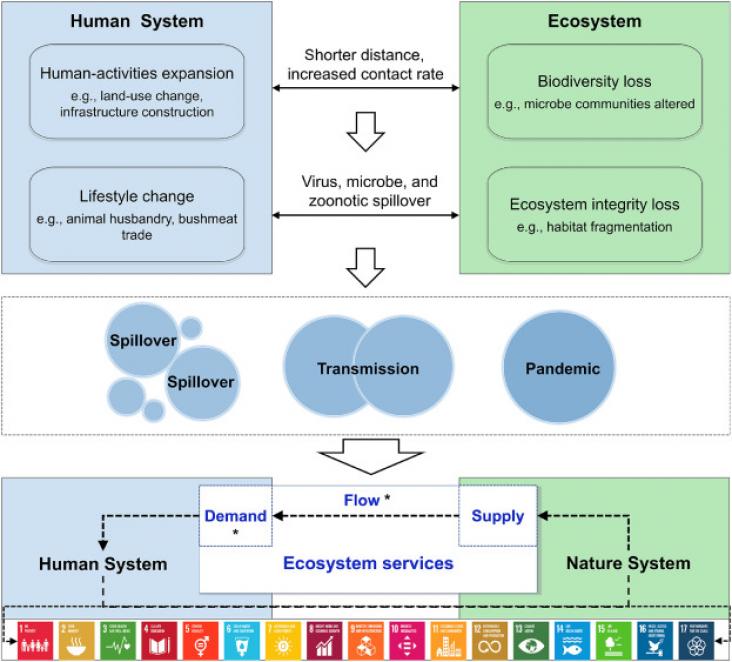RELX’s Global Head of Corporate Responsibility, Dr Márcia Balisciano, talks to Professor Jerome Nriagu and Dr Jann Murray-Garcia about their work to end racism.
Pulmonary arterial hypertension (PAH) occurs in women more than men whereas survival in men is worse than in women.

The COVID-19 pandemic has stalled and rolled back progress on Sustainable Development Goals (SDGs).
The Skinner case advances our understanding of the global history and distribution of Paget’s disease of bone (PDB) by studying a possible case in an indigenous pre-contact male from Canada.
The crisis provoked by COVID-19 has rapidly and profoundly affected Latin America.
Minorities and marginalized groups have increasingly become the target of discriminatory actions related to the COVID-19 pandemic.
Background: The objective of the current study is to investigate whether an area-level measure of racial sentiment derived from Twitter data is associated with state-level hate crimes and existing mea
The current COVID-19 pandemic represents an acute threat to the health of adults and children across the globe.
Healthcare professionals are exposed to several stress factors, especially during health emergency situations like Covid-19.
